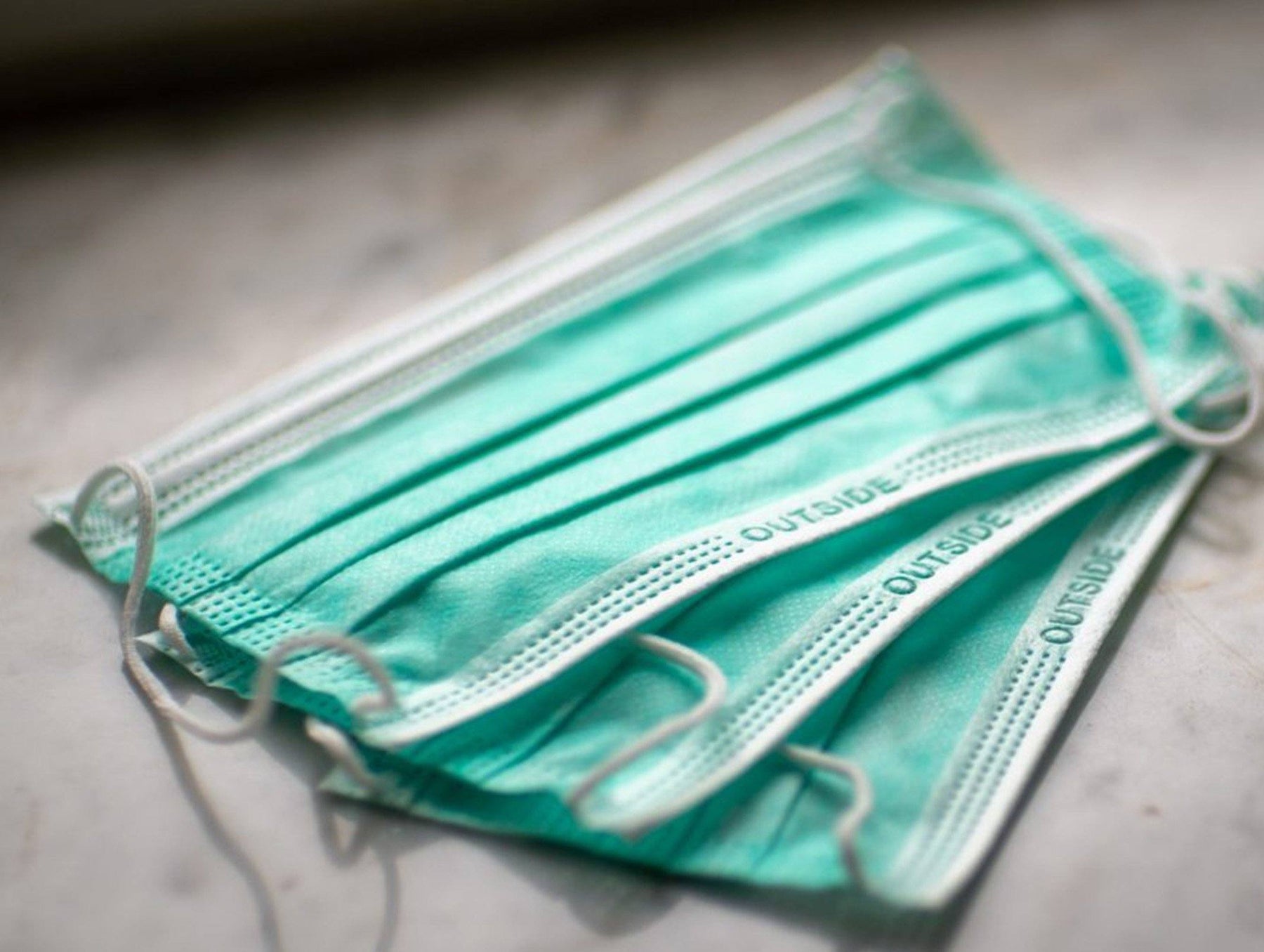
What is The Best Material to Make a Mask for COVID-19?
When it comes to getting an effective coronavirus mask, the main question is striking a balance between form and function. The Canadian government guidelines suggest that masks should be made in two layers of densely woven fabric, like cotton and linen, to offer adequate protection.

Studies on various materials
The American Chemical Society published a study by researchers at the University of Chicago for testing the filtration efficiencies of various commonly-used fabric materials, like silk, cotton and polyester-spandex chiffon. The studies involved the use of fan blowing aerosols particles at the breathing rate of the resting state. The number of particles in the air before and after these passed the mask were noted. It was discovered that masks made with a combination of fabrics, like a tightly woven cotton sheet with two layers of chiffon (a blend of 90% polyester and 10% spandex), filtered out to 90% of aerosol particles. Flannel, when used to replace chiffon, also rendered similar results.
Researchers reported that the materials with a high thread count act as a mechanical barrier and fabric with a static charge also offer an electrostatic barrier.
Fit is the key
According to experts, the right fit plays a key role in offering the right level of protection. Just a 1% gap in the mask lowered the filtration efficiency of various masks by up to 60% or more. In the case of reusable masks, it is important to wash the masks to avoid cross-contamination. Therefore, having more than one mask is useful.
Reusable cloth face masks made of a blend of cotton and polyester with a slip pocket for the insertion of HEPA filters are also available. HVAC fabric filters offer a higher level of protection. The test done using the HVAC filters gave encouraging outcomes with one layer of HVAC filtering 89% of particles, and two layers giving a 94% filtration level (0.3 microns). However, these fabrics expose the wearer to the risk of inhaling filter fibers leading to a health hazard of its own kind.Non-woven cotton and spandex face masks with adjustable elastic nose clips are a great choice.
The thickness of fabric - what are the acceptable criteria
Coronavirus has a diameter of nearly 0.1 microns. However, it falls in the range of 0.2 to several hundred microns because people shed the virus in respiratory droplets comprising of a lot of salt and other proteins. Even after the water around the virus particle dries completely, a lot of salt and proteins are still present around the virus in the form of gunk, a gel-like material. The NIOSH also uses 0.3 microns as the mark for setting out minimum filtration efficiency.
According to Dr. Scott Segal, chairman of Anesthesiology at Wake Forest Baptist Health, a simple light can help determine if a fabric material is the right one for making a mask. Explaining this test, Dr. Segal said, “Hold it up to a bright light. If light passes through the fibers really easily and you can almost see the fibers, it’s not a good fabric. If it’s a denser weave or thicker material and light doesn’t pass through it as much, that’s the material you want to use.”
However, experts also suggest that any kind of face covering is better than none, provided you are not at high risk of exposure, like medical and healthcare staff working in hospital settings, and also following social distancing norms. Face coverings of any kind are crucial in preventing the coronavirus from being transmitted via apparently healthy but infected individuals.
Considerations
Even if you want to buy a home-made mask, choose one that has a fabric dense enough to capture the viral particles while having the optimum amount of breathability.
The best medical masks, like the N95 respirator or the KN95 respirators filter more than 95% of particles of diameter up to 0.3 microns. That is why these are the right masks for use in healthcare settings where professionals are exposed to the high risk of coronavirus exposure.
The surgical masks made of rectangular pleated fabrics and equipped with elastic ear loops are found to give a filtration efficiency of 60–80 %.
To learn more and purchase high quality disposable Face masks and respirators for effective protection reach out to Vizocare.

Leave a comment